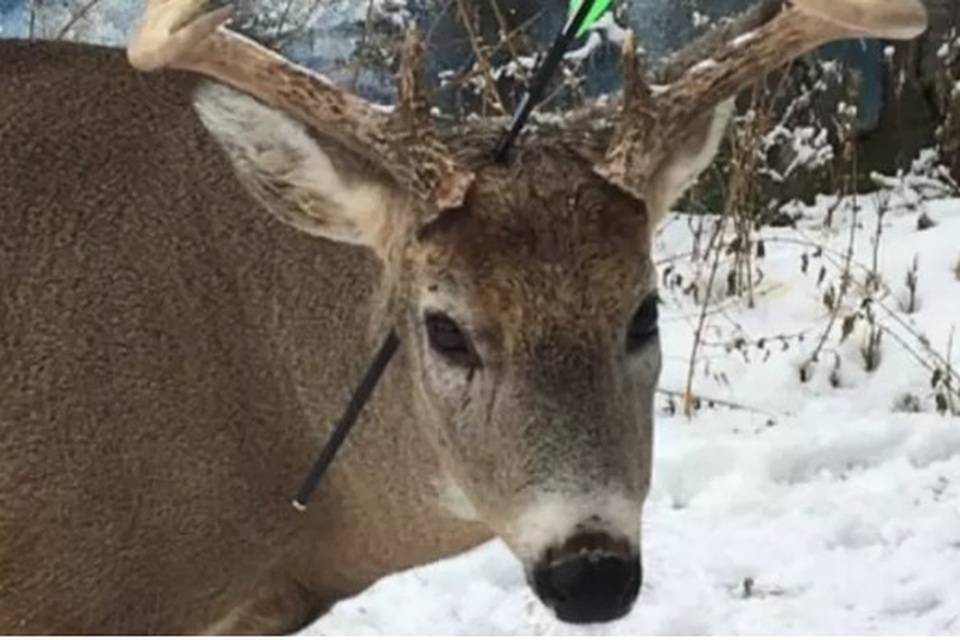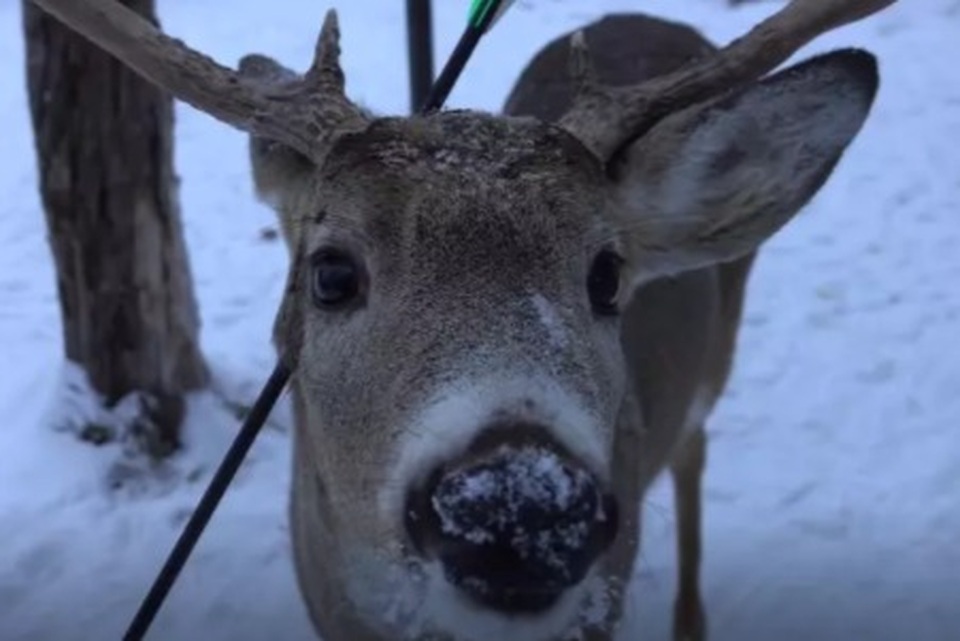The story of the deer living with an arrow through its head is a remarkable phenomenon in the animal kingdom. Known as a marvel of nature, this deer has managed to survive and adapt in a highly precarious situation.
The tale of the deer begins when it was attacked by a predator. In a harrowing encounter, an arrow was shot and pierced through its head. Surprisingly, the deer not only survived but continued to live its life largely unaffected by this injury.
The survival ability of this deer can be attributed to examining the structure and function of its head. The deer’s head is protected by a thick layer of skin and a robust system of antlers. When the arrow penetrated its head, it may have passed through the gaps between the bones, causing minimal damage to the brain and vital organs in the head region.
The remarkable resilience of this deer can also be explained by its ability to adjust sensory functions to compensate for the injury. While its eyes may not be affected, the deer has developed a heightened sense of smell, acute hearing, and an enhanced perception of the surrounding environment. These adaptations aid the deer in finding food and avoiding danger.
The survival of the deer with an arrow through its head has attracted the attention of scientists and researchers worldwide. They are intrigued by the deer’s ability to adapt and thrive despite the seemingly insurmountable odds. The case offers valuable insights into the resilience and adaptability of animals in the face of adversity.

Furthermore, the deer’s story raises important questions about the impact of human activities on wildlife. The fact that the deer managed to survive with an arrow through its head highlights the resilience of nature and its ability to endure even in the face of human-induced challenges.
Scientists are studying this extraordinary deer to gain a better understanding of its physiology, behavior, and overall well-being. By studying its unique case, they hope to uncover valuable information that can contribute to wildlife conservation and the preservation of natural habitats.
